Beginner’s Guide to Starting a Small Home Garden
In this beginner’s guide, we’ll walk you through the essential steps to get started and enjoy the many benefits of growing your own food.
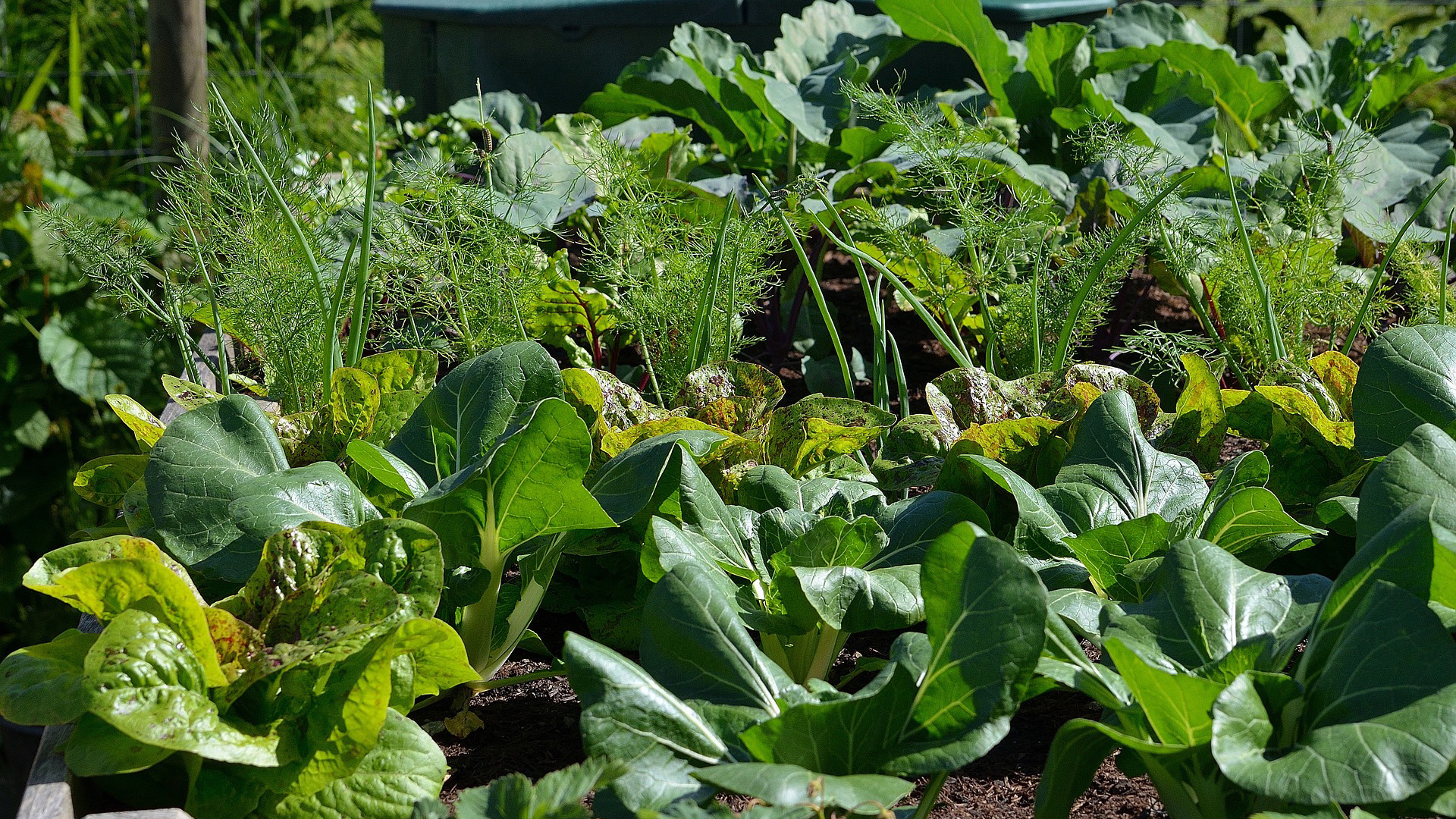
In this beginner’s guide, we’ll walk you through the essential steps to get started and enjoy the many benefits of growing your own food.

In recent years, the concept of growing your own food has gained tremendous popularity. With concerns about food safety, environmental impact, and the desire for fresh, flavorful produce, many individuals are turning to home gardens as a way to reconnect with nature and gain more control over what they eat. Starting a small home garden is a rewarding and fulfilling journey, even if you’re a complete beginner.
Before we delve into the details of setting up your garden, it’s essential to understand why you should consider starting a home garden.
It’s enjoyable and fulfilling to grow your own food. Starting a small garden doesn’t require a huge amount of space or experience, making it accessible to almost everyone.
Now that you understand the benefits of starting a home garden, let’s get into the practical steps to begin your journey.
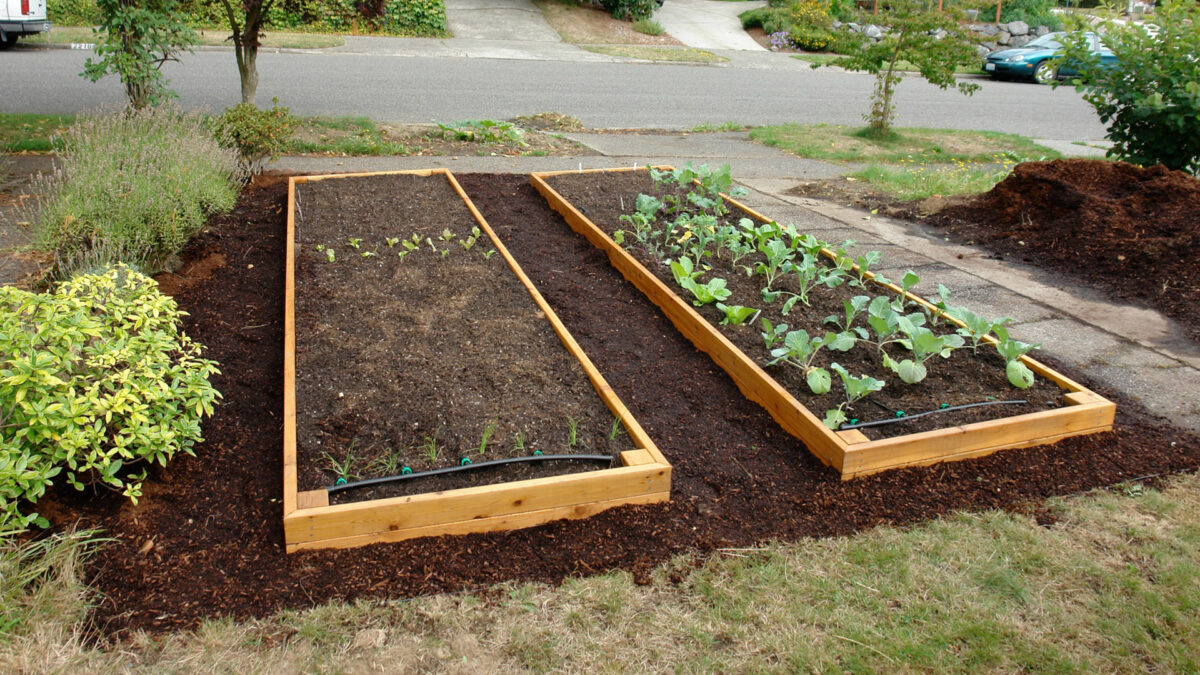
The beginner gardener’s first task is to select the ideal spot for their garden. It should be in a part of your home that receives at least six hours of direct sunlight daily, as most vegetables and herbs need plenty of sun for healthy growth. Also, keep in mind that the area should have proper drainage. Standing water can lead to various fungal diseases and can damage your plants. For people living in apartments or houses without a big yard, a balcony, a sunny window, or even a roof can work well, as long as it gets good sunlight.
Ensure your garden is close to a water source, as regular watering is essential for plant growth and will make you more efficient when watering. Start small if you’re a beginner. A 4×4-foot raised bed or a few pots can be a manageable start. Make sure you can easily access your garden for planting, maintenance, and harvesting.
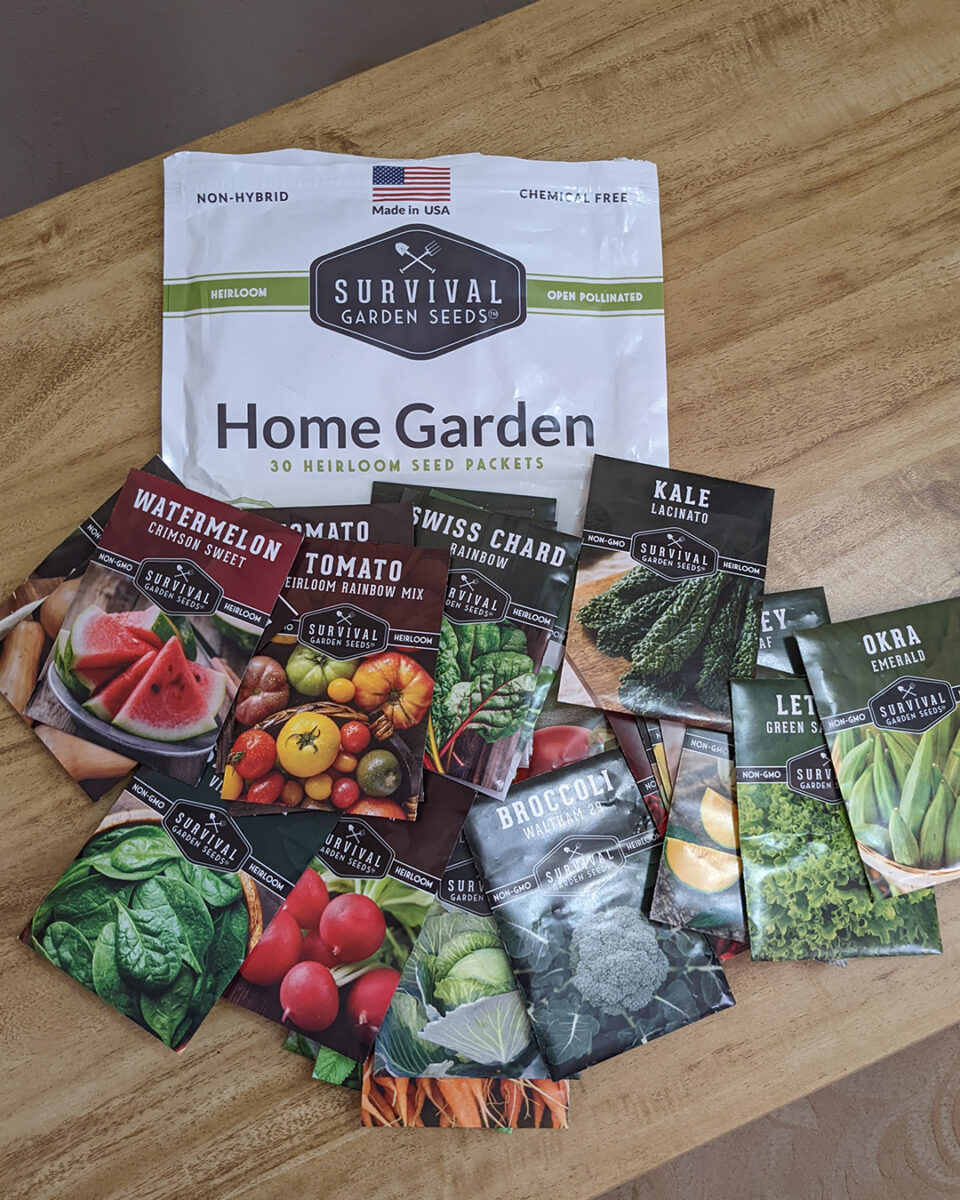
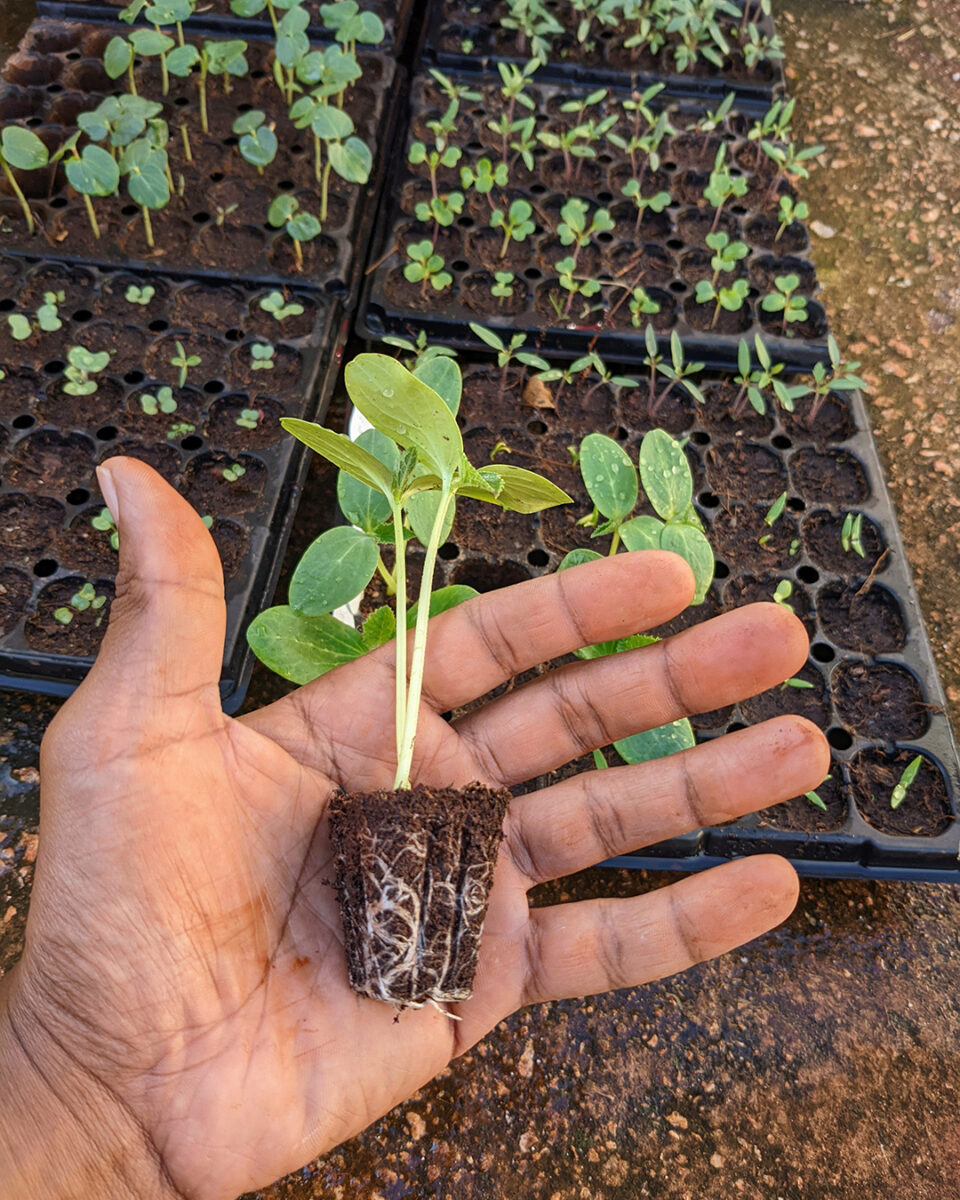
Next comes selecting suitable plants for your garden. If you’re a beginner, start with small, easy-to-grow plants like herbs and salad greens that don’t take up much space or growing time. Basil, lettuce, chives, and parsley are excellent choices for beginners, they’re forgiving and add great flavor to your dishes. Also, consider your individual household needs. If you love creating spicy dishes, growing hot peppers might be an excellent idea. If you have special dietary restrictions or preferences, cultivate a garden that sustains these needs. However, ensure that the plants you choose are well-suited to your area’s climate, soil, and sunlight conditions.
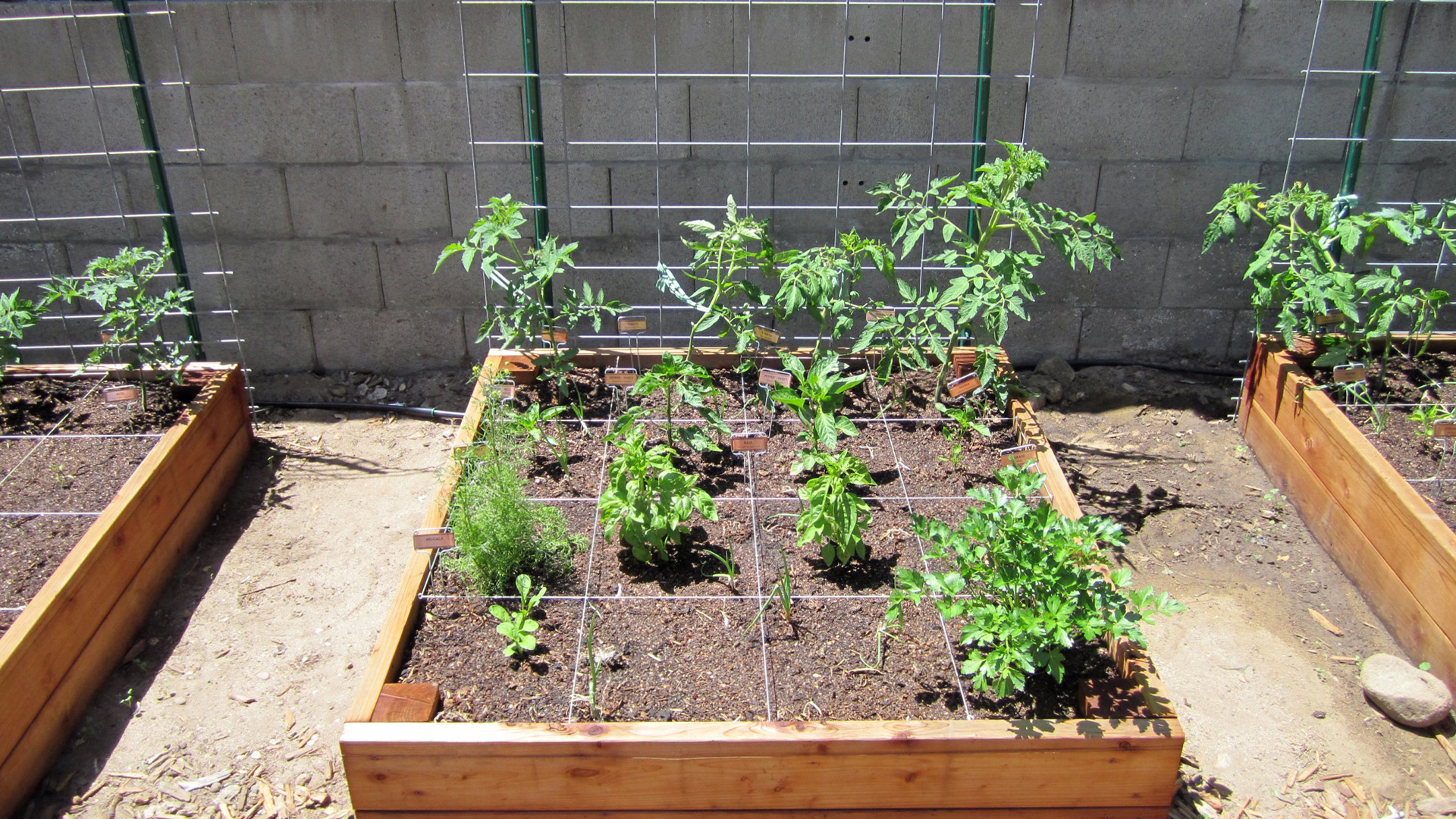
Before you start planting, it’s crucial to plan the layout of your garden. The layout determines the organization of your plants, making the best use of available space and ensuring easy access for maintenance. Consider factors such as plant height, sun exposure, and the need for companion planting to maximize your garden’s productivity. Sketch a rough layout on paper, keeping in mind the recommended spacing for each plant type and any specific design elements you’d like to incorporate. A well-thought-out layout will not only make your garden visually appealing but also contribute to its overall success and ease of care.

Preparing the soil is foundational in creating a thriving garden. Start by clearing the chosen area of any weeds or unwanted vegetation, as they can compete with your plants for nutrients and space. Once the area is weed-free, enrich the soil by incorporating organic matter like compost, or well-rotted manure. This not only boosts soil fertility but also improves water retention and drainage. Use a garden fork or tiller to loosen the soil, making it easier for plant roots to penetrate and access vital nutrients. Remember, well-prepared soil lays the groundwork for a successful garden.
Once your garden bed or containers are prepared, it’s time to introduce your chosen plants to their new home. Pay close attention to the recommended planting depths and spacing provided on seed packets or plant labels, as these guidelines are essential for optimal growth. Water your newly planted seeds or seedlings thoroughly to help settle the soil around the roots. Ensure that the soil remains consistently moist but not waterlogged as your plants establish themselves. Adding a layer of organic mulch, such as straw or wood chips, can help retain moisture and prevent weed growth. Proper planting and initial care set the stage for your plants to thrive, producing a rich and abundant harvest.
Once you have successfully set up your garden, the next pivotal task is maintaining it. Regular care guarantees a healthy, vibrant garden all year round. This section discusses the integral aspects of maintaining your garden: watering and feeding, weeding, dealing with pests, pruning and harvesting.
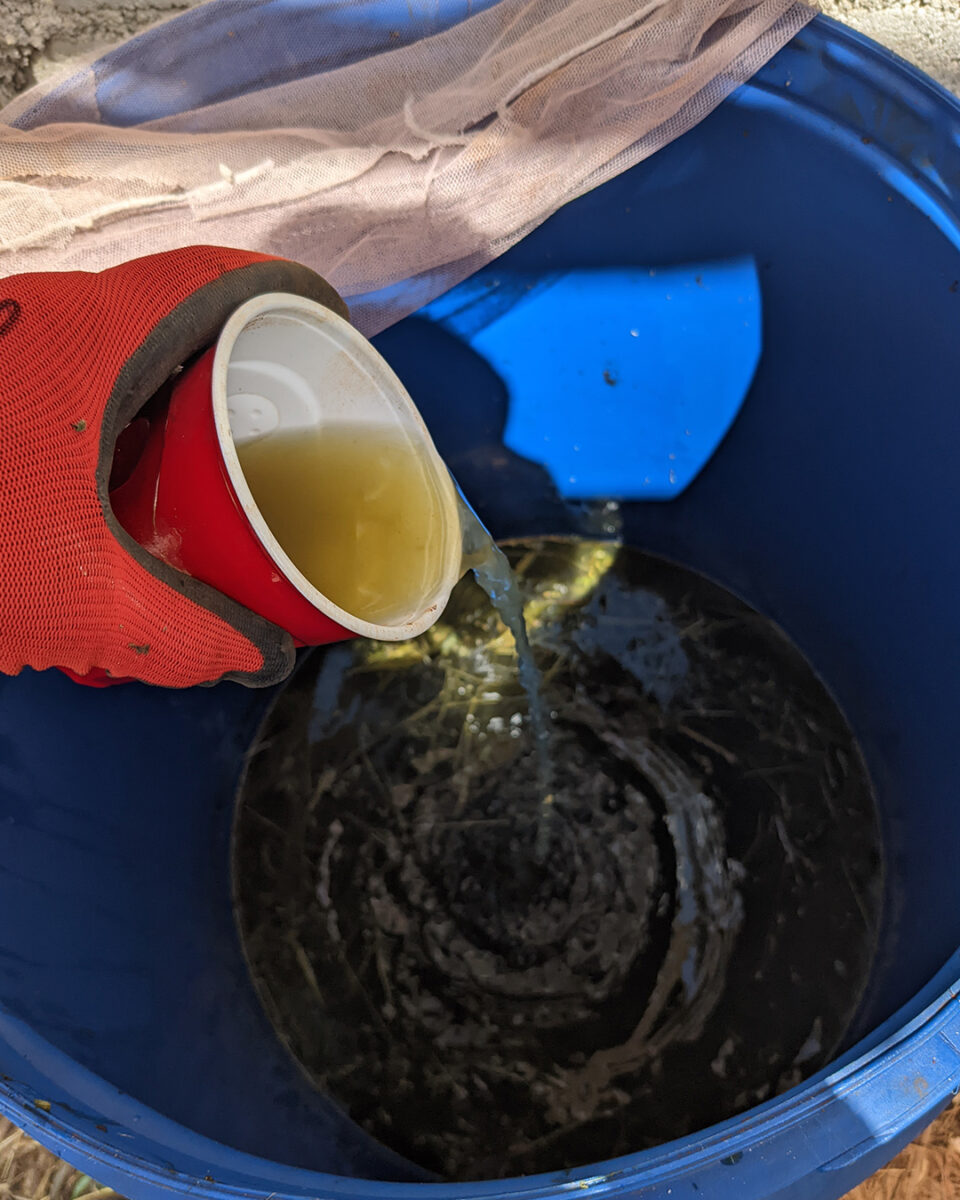
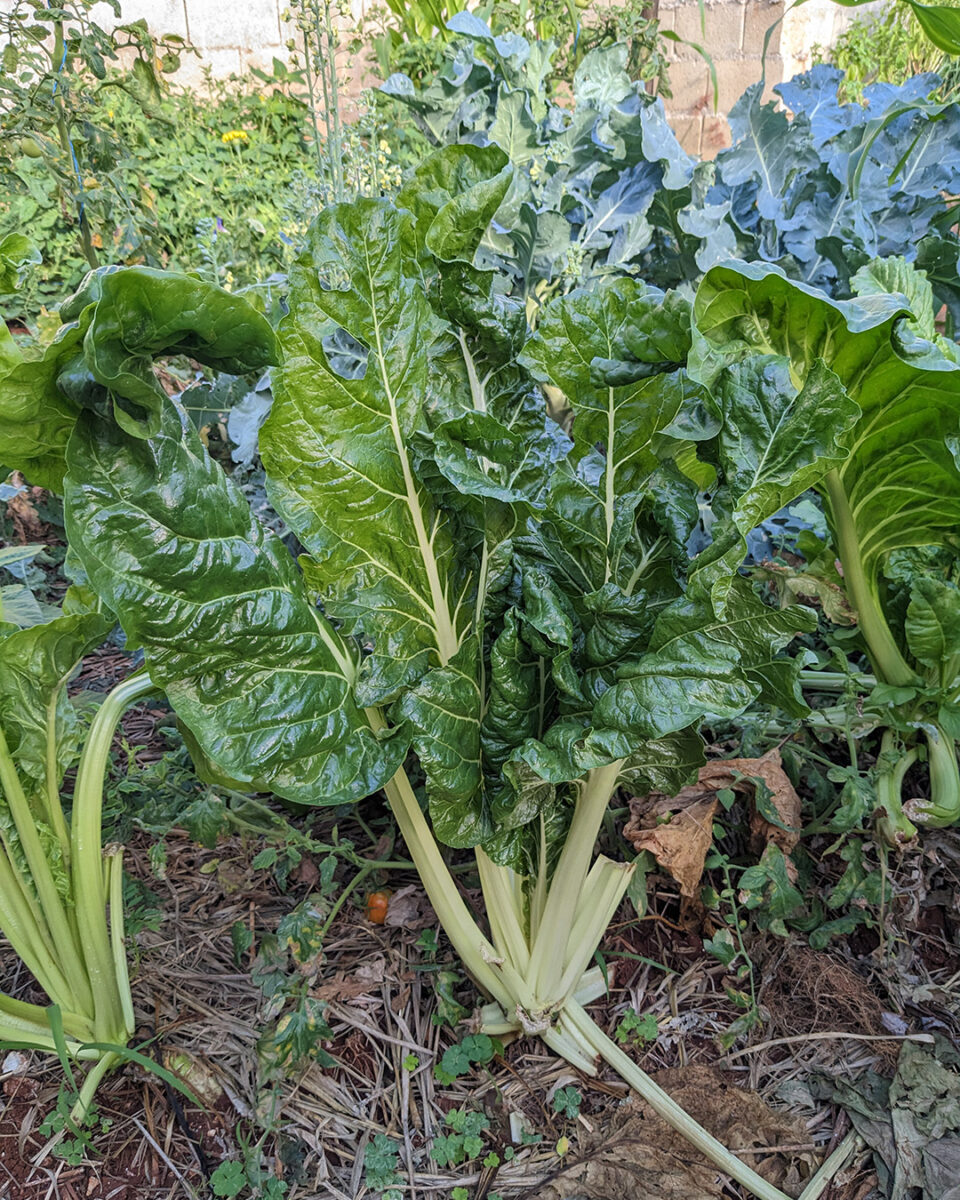
If your garden is to be successful, understanding the watering and feeding requirements of your plants is crucial. Pay attention to the moisture needs of your plants. Keep the soil consistently moist. In general, most plants benefit from receiving about an inch of water per week. During dry spells or hot weather, you may need to increase your watering frequency, while in cooler or wetter periods, you can reduce it. The key is to strike a balance that keeps your plants adequately hydrated without overwatering. Water early in the morning to allow foliage to dry, reducing the risk of diseases.
Feeding your garden involves adding essential nutrients to the soil. Organic compost from kitchen waste is a marvelous way to enhance soil fertility without resorting to synthetic fertilizers. Periodically amending the soil with compost will feed your plants and help them stay healthy. Another excellent organic option is using compost tea, which is a nutrient-rich liquid fertilizer made by steeping compost in water. Compost tea can provide a quick and natural boost to your plants, promoting robust growth and soil health.
Weeding is an essential aspect of maintaining a healthy home garden. Regularly removing weeds helps prevent them from competing with your plants for nutrients and space. Weeds can also harbor pests and diseases, making their timely removal crucial for the overall well-being of your garden. To keep your garden thriving, dedicate some time each week to weed your beds or containers, and consider using mulch to help suppress weed growth and retain soil moisture
Effective pest control is vital in protecting your garden from unwanted invaders that can harm your plants. Keep a watchful eye for common garden pests such as aphids, slugs, snails, and caterpillars, and be prepared to take action when needed. Organic pest control methods, such as hand-picking pests or introducing natural predators, are eco-friendly alternatives to chemical pesticides. Companion planting is another organic way to deter pests. Certain plants naturally repel specific pests, so consider this when planning your garden layout. If necessary, opt for low-impact, organic pesticides to safeguard your garden while minimizing harm to beneficial insects and the environment. Consistent monitoring and early intervention can help keep your plants healthy and thriving.
Pruning is a gardening technique that involves selectively removing parts of a plant, such as branches or leaves, to promote healthy growth. In your home garden, pruning helps improve air circulation, control plant size, and direct the plant’s energy to where it’s needed most. Regularly prune your plants to remove dead or diseased branches and to thin crowded growth. This practice not only enhances the aesthetic appeal of your garden but also reduces the risk of diseases and improves the overall health and productivity of your plants. Be sure to use sharp, clean pruning tools and follow specific guidelines for each plant type to ensure you’re pruning effectively and safely.

One of the greatest joys of a garden at home is the harvest. To ensure a constant supply of fresh produce, strategize your harvesting and replanting.
Harvesting should be done early in the morning when the produce is at its freshest. Harvest your fruits and vegetables when they are at their peak ripeness for the best flavor and nutritional value. Use the appropriate tools, such as garden shears or scissors, to avoid damaging plants during the harvest. Regular and consistent harvesting encourages more production from your plants. Whether it’s plucking juicy tomatoes, crisp lettuce, or fragrant herbs, the satisfaction of enjoying the fruits of your labor is one of the most rewarding aspects of home gardening.
To ensure a continuous harvest, planning and timing are crucial. Select appropriate crops for the season and stagger planting dates to guarantee a consistent supply of fresh produce throughout the growing season.

The choice of plants for a beginner largely depends on the local climate and availability of sunlight. However, some plants are generally easy to grow for beginners starting a garden at home. These include tomatoes, cucumbers, bell peppers, lettuce, radishes, scallions and herbs such as basil, parsley, mint and thyme.
A valuable tip for beginners is to prioritize planting foods you and your family normally eat. This not only ensures that your garden yields produce that you enjoy but also can lead to a more sustainable and cost-effective approach to home gardening. Plus, tending to plants you love to consume can be an extra source of motivation to care for your garden and savor the fresh flavors of your own harvest.
The time spent on maintaining can vary greatly depending on the size of the garden, the types of plants you’ve chosen to grow, and the current season. On average, expect to devote at least 1-3 hours per week to watering, weeding, pruning, and other tasks. Remember, gardening at home is a rewarding hobby that requires regular attention, but the benefits of fresh, home-grown produce are worth the effort!
As a beginner, you might encounter a few challenges while starting your home garden. Here are some common issues and tips to help you overcome them:
Gardening is a continuous learning process. Pay attention to your garden, make observations, and adapt your practices as needed. Over time, you’ll become more skilled and knowledgeable about what works best in your specific growing conditions.

In conclusion, embarking on the journey of starting a home garden offers numerous benefits and rewards. From the joy of harvesting your own fresh, organic produce to the opportunity for a closer connection with nature, gardening can be a fulfilling and enriching experience for individuals of all levels of expertise. This beginner’s guide has walked you through the essential steps, from selecting the right location, choosing suitable plants, planning your garden layout, preparing the soil, and maintaining your garden, including addressing common challenges.
As you delve into the world of gardening, remember that it’s a learning process that can be both enjoyable and educational. Be patient and flexible, adapting to the specific needs of your garden and your own preferences. Remember, the skills for growing your own food at home are attainable and improve with practice. Therefore, do not be deterred by minor setbacks. Always learn from them instead. So whether you have a spacious backyard or a small balcony, you can take those first steps toward growing your own food and enjoying the many benefits it brings.
Starting your home garden is not just about cultivating vegetables and herbs; it’s about nurturing a connection to the natural world, learning about plant biology and sustainability, and embracing a more environmentally friendly and health-conscious lifestyle. So, get your hands in the soil, watch your plants grow, and savor the fruits of your labor – it’s a journey well worth taking.
Happy gardening!